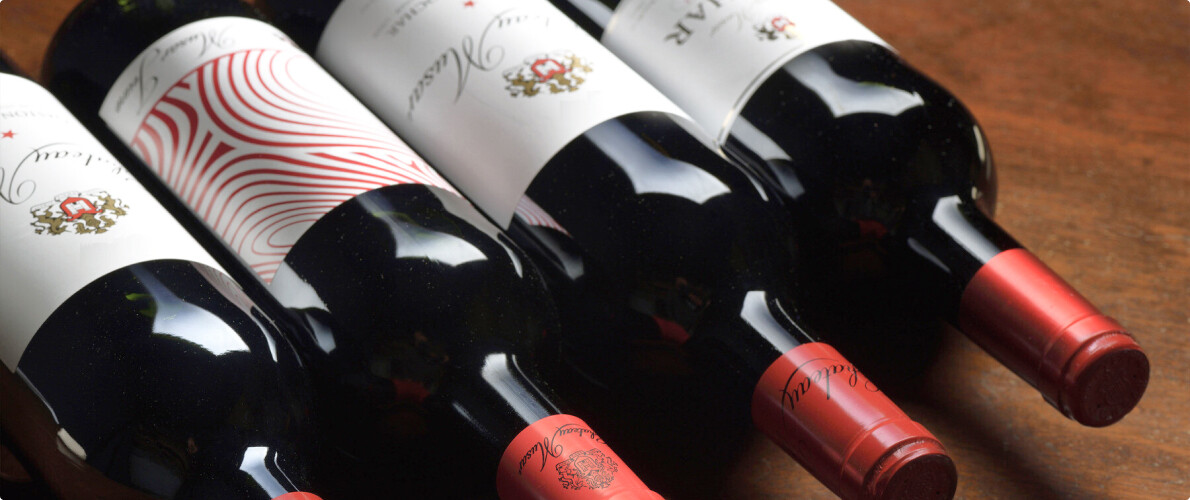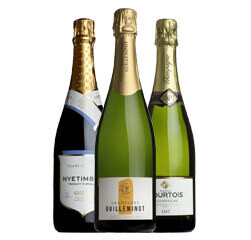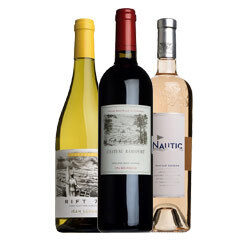Shop at Mr.Wheeler and you choose better wine. That's because we choose better wine, and have been doing so since 1883. Because it's our mission to deliver to you a supreme drinking experience. For this we offer a comprehensive selection of authentic, sensual cuvées, each thoroughly tasted and considered by our expert team to meet all manner of preferences and price requirements.
Here are eternal classics alongside lesser-known options of interest and intrigue for you to discover. From Worlds Old and New: Bordeaux, Burgundy, Rhône, Rioja, Tuscany, Piedmont, New Zealand, South Africa... Here are artisanal wines, wines with personality, wines of a place - wines ready for drinking now. They lead our mission - a mission that ends only with your complete satisfaction.
Store Categories
SHOP WINES BY TYPEExclusive To Us
WINES UNIQUE TO MR.WHEELER
Welcome to
Mr.Wheeler

FEATURED PRODUCERS
View All ProducersOur Heritage
The origins of Mr Wheeler date right back to Victorian times, when George Wheeler, the great-great-grandfather of our current Chairman Johnny Wheeler, first joined the wine industry – and the family business, supplying fine wine to a discerning clientele, began.

Pour With Confidence
Our team of experts are dedicated to ensuring that only the very best wines make it to our shelves and online shop. If we know about one thing, it's good wine, and with all this knowledge and expertise behind our extensive collection of products, you can rest assured that whatever you choose will be better.
If you'd like to talk through your order, our friendly and professional team are available at the end of the telephone. If you prefer to email, we will respond promptly with our advice or a solution. Whether you're visiting us at Mr.Wheeler's Wine Cellar, or shopping online, we will always provide our recommendations and a personal touch.
Each order that goes out of the door adheres to a series of stringent quality control checks. We then make sure that we craft your parcel by hand to keep your beloved bottles safe.
Our knowledgeable team have a wealth of experience to share, and so our mission is to assist our customers in choosing, trialling and enjoying the best wines on offer from established, niche and new vineyards from both hemispheres.






